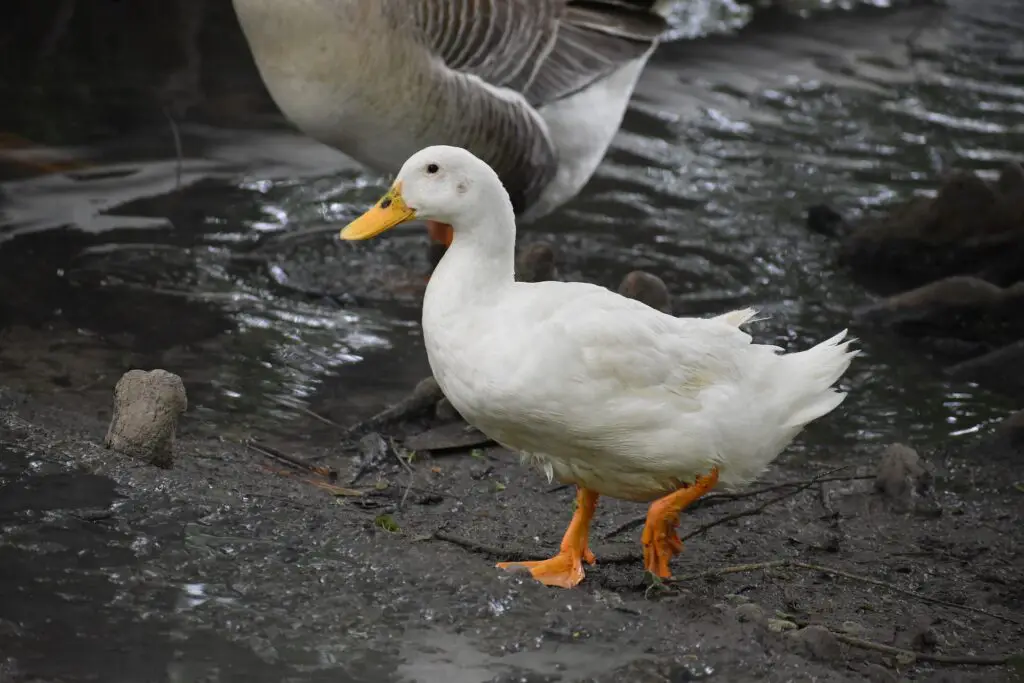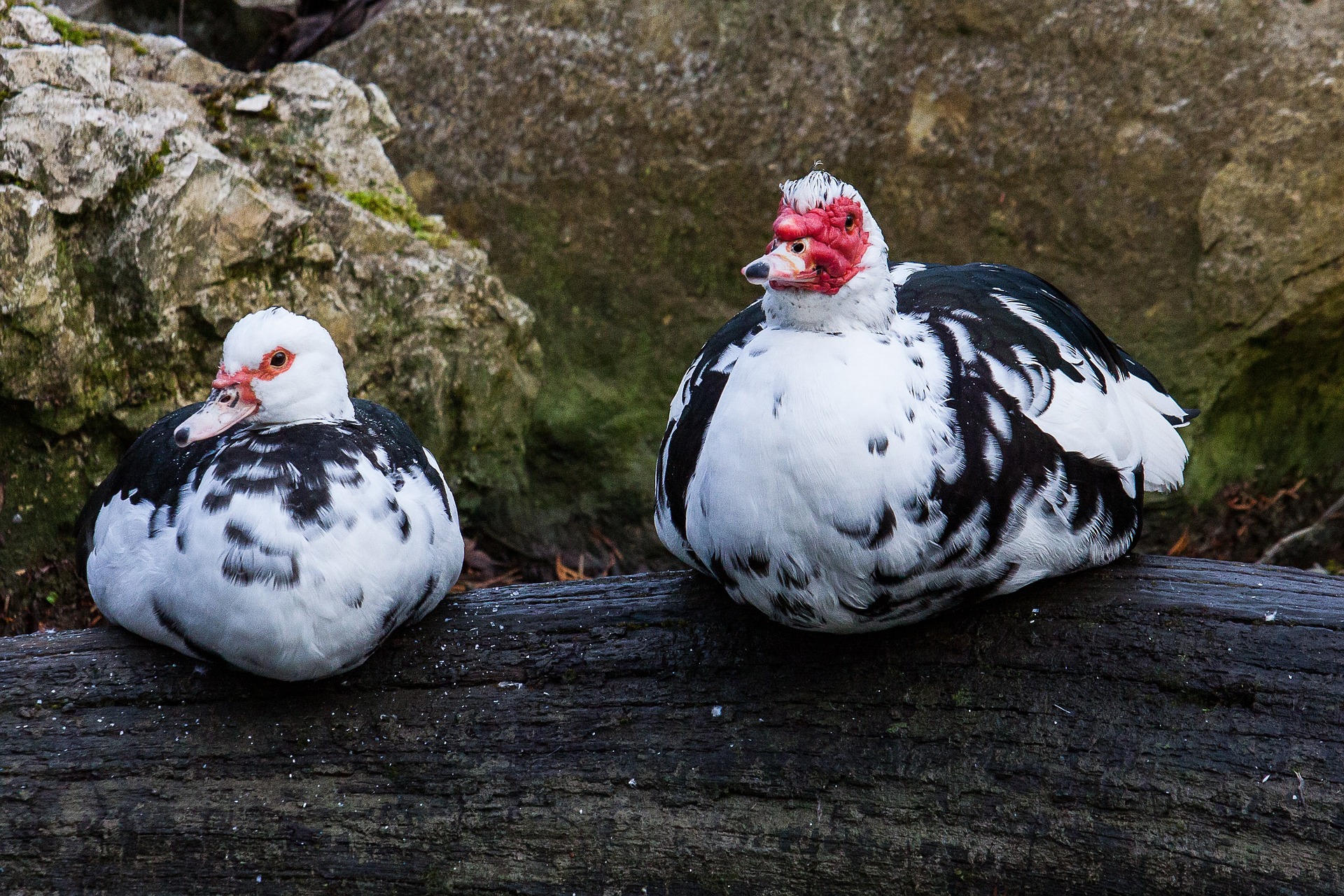If you’re a backyard duck keeper or considering adding ducks to your homestead, providing them with a safe and comfortable shelter is essential. Ducks need a protected space to roost, lay eggs, and stay safe from predators, especially during the night.
Building a DIY duck house can be a fun and rewarding project that allows you to customize the housing to suit your specific needs and preferences. In this blog, we will explore the benefits of having a duck house, the considerations for building one, and some tips for creating your own DIY duck house.
You may also want to read about the best duck feed.
Here is a step-by-step guide on how to build a DIY duck house:
Materials Needed:
- Lumber (2x4s and 1x4s)
- Plywood sheets
- Wire mesh
- Screws
- Hinges
- Latch
- Roofing materials (shingles or metal roofing)
- Nails
- Saw
- Hammer
- Screwdriver
- Measuring tape
- Drill
Step 1: Plan and Measure Before you start building, plan and measure the size of your duck house. The recommended size for a duck house is approximately 3-4 square feet per duck. Make sure you have enough space to accommodate all your ducks comfortably.
Step 2: Cut the Lumber Using your saw, cut the 2x4s and 1x4s into the required lengths for your duck house. You will need to cut four 2x4s for the base frame, and four 2x4s for the wall frame. Cut two 2x4s for the roof frame and four 1x4s for the roof support.
Step 3: Assemble the Base Frame Take the four 2x4s and assemble them into a square to create the base frame. Secure them together using screws.
Step 4: Assemble the Wall Frame Take the four 2x4s and assemble them into a rectangular shape to create the wall frame. Secure them together using screws.
Step 5: Attach the Wall Frame to the Base Frame Attach the wall frame to the base frame using screws. Make sure it is level and square.
Step 6: Add the Roof Frame Attach the two 2x4s for the roof frame to the top of the wall frame. Secure them using screws.
Step 7: Add the Roof Support Take the four 1x4s and attach them to the roof frame, leaving space between them for ventilation. Secure them using screws.
Step 8: Install the Roof Cut the plywood sheets to size for the roof and attach them to the roof frame using nails. Then install the roofing materials, whether it be shingles or metal roofing.
Step 9: Add the Door Cut a hole in the wall frame for the door and attach hinges to one side. Attach a latch to the other side to secure the door.
Step 10: Install the Wire Mesh Cut the wire mesh to size and attach it to the wall frame using staples or screws. Make sure it is secured tightly to prevent predators from getting in.
Step 11: Add Bedding Add bedding to the inside of the duck house to provide a comfortable place for your ducks to rest. Straw or wood shavings work well for this purpose.
Step 12: Place the Duck House Choose a level and dry location for your duck house, away from any potential predators.

Why Do Ducks Need a House?
Ducks, like any other poultry, need a safe and secure shelter to protect them from the elements, predators, and other potential dangers. A duck house provides a designated space for your ducks to rest, roost, and lay eggs. It also helps keep them safe from predators such as raccoons, foxes, and birds of prey that may pose a threat to your ducks. Additionally, a well-designed duck house can help keep your ducks clean, dry, and comfortable, which is crucial for their overall health and well-being.
Considerations for Building a DIY Duck House
Before starting your DIY duck house project, there are some key considerations to keep in mind. These include:
- Size: The size of your duck house will depend on the number of ducks you plan to keep. Ducks need enough space to move around, roost, and lay eggs comfortably. As a general rule of thumb, provide at least 3-4 square feet of floor space per duck inside the duck house, and at least 10-15 square feet of outdoor run space per duck.
- Ventilation: Ducks produce moisture through their breath and droppings, so proper ventilation is crucial to prevent dampness and humidity inside the duck house. Make sure to provide adequate ventilation, such as windows or vents, to allow fresh air to circulate while keeping drafts to a minimum.
- Flooring: Ducks can be messy, and their droppings can quickly accumulate, so choosing the right flooring material is important. Avoid materials that are difficult to clean, such as carpet or bare soil. Instead, consider using materials such as straw, wood shavings, or rubber mats that are easy to clean and provide good insulation.
- Nesting Boxes: Ducks need nesting boxes to lay their eggs. Provide nesting boxes with enough space for your ducks to comfortably lay and brood their eggs. A good rule of thumb is to have one nesting box for every 3-4 ducks, and make sure the boxes are filled with clean straw or shavings for bedding.
- Protection: Ducks need protection from predators, so make sure your duck house is designed to keep them safe. Consider adding features such as predator-proof wire mesh on windows and vents, a secure door that can be locked at night, and an elevated platform or ramp to discourage predators from entering.


